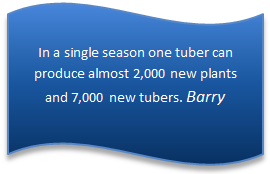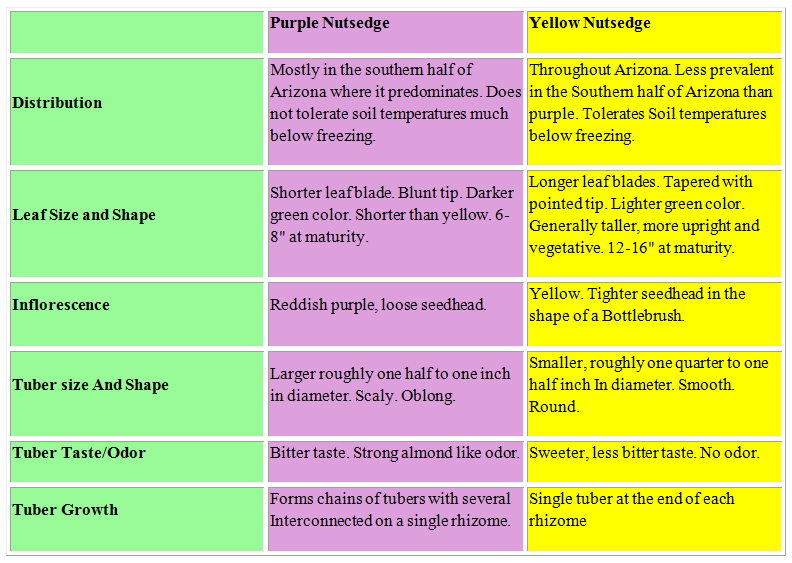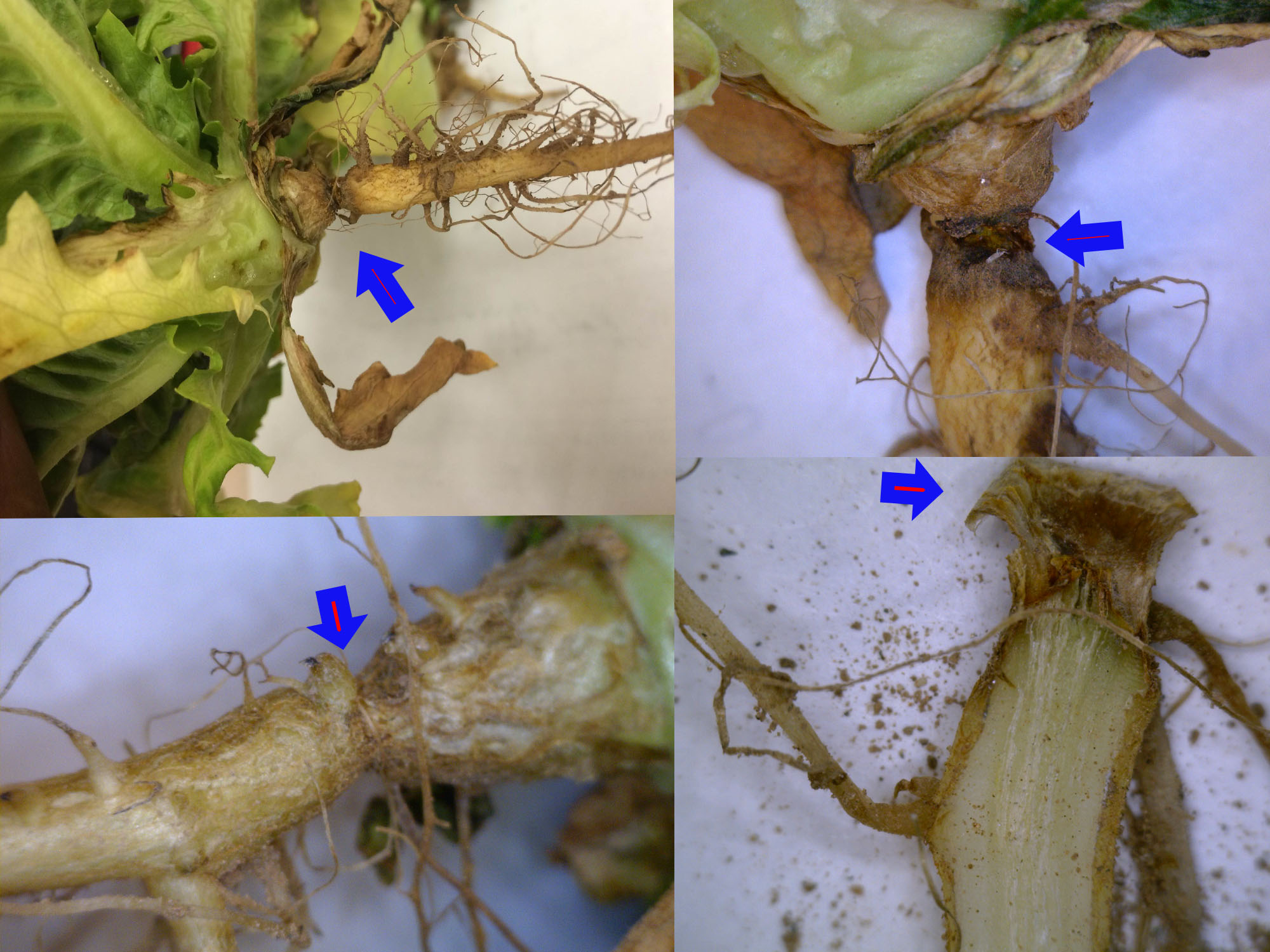
|
|
|
|

|
|||
|
|
|||
|
|
|||
 
Question to IPM team: What Happened to my Romaine?

Wind Caused Abrasion, Received on February 17, 2016 Yuma, AZ.
To contact Barry Tickes go to: btickes@ag.arizona.edu.
|
|||
| Back | |||
|
For questions or comments on any of the topics please contact Marco Pena at the Yuma Agricultural Center.
|
|||
|
Home |
Cotton | Veggies |
Forages | Grains
| Citrus |
Crop x Crop Insects | Diseases| Weeds | Pesticides | Economics | News | Weather | Research | Photos | Contacts | General Info. Copyright © 2001 University of Arizona, College of Agriculture and Life Sciences Webmaster: Al Fournier (acis@ag.arizona.edu) |
|||
